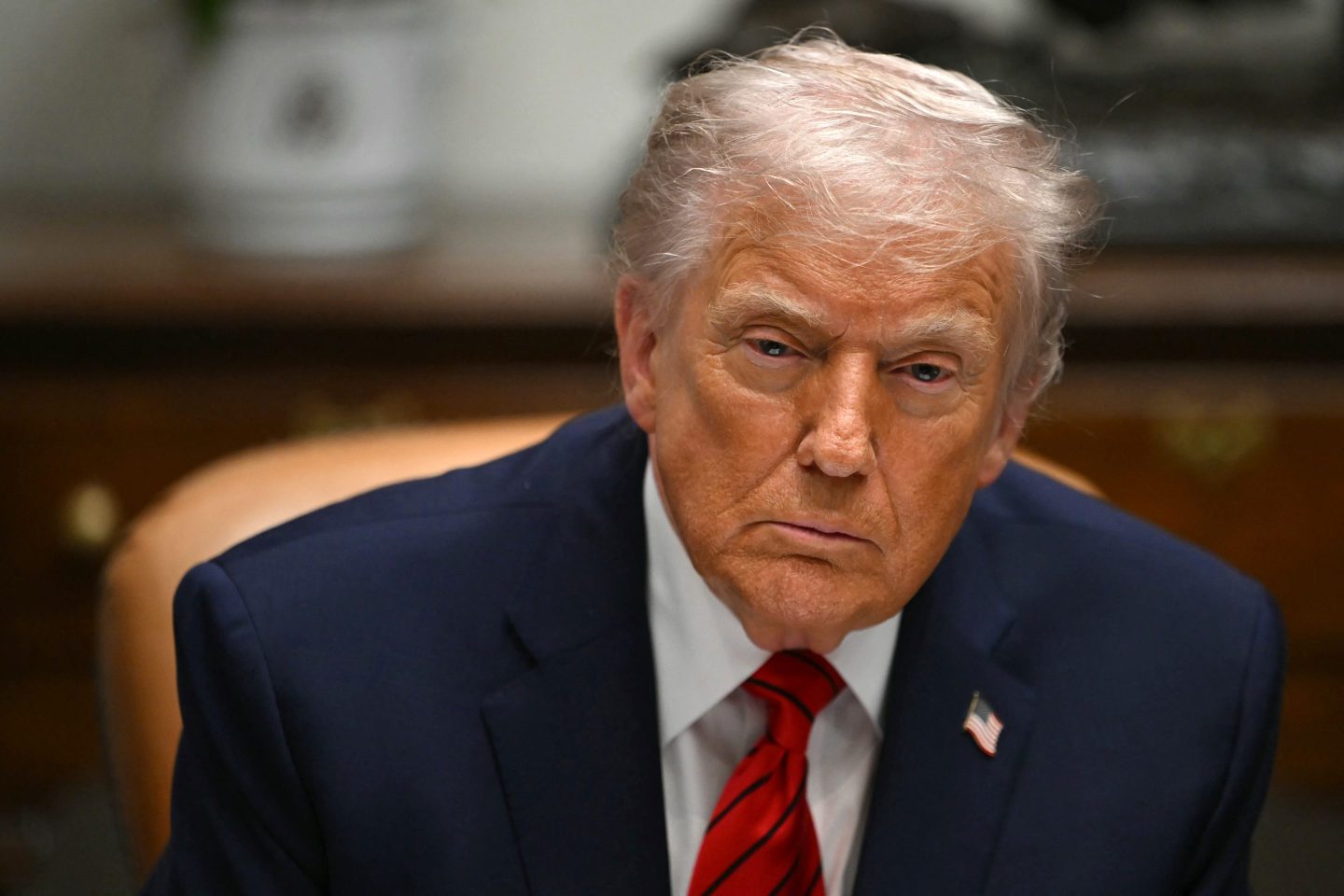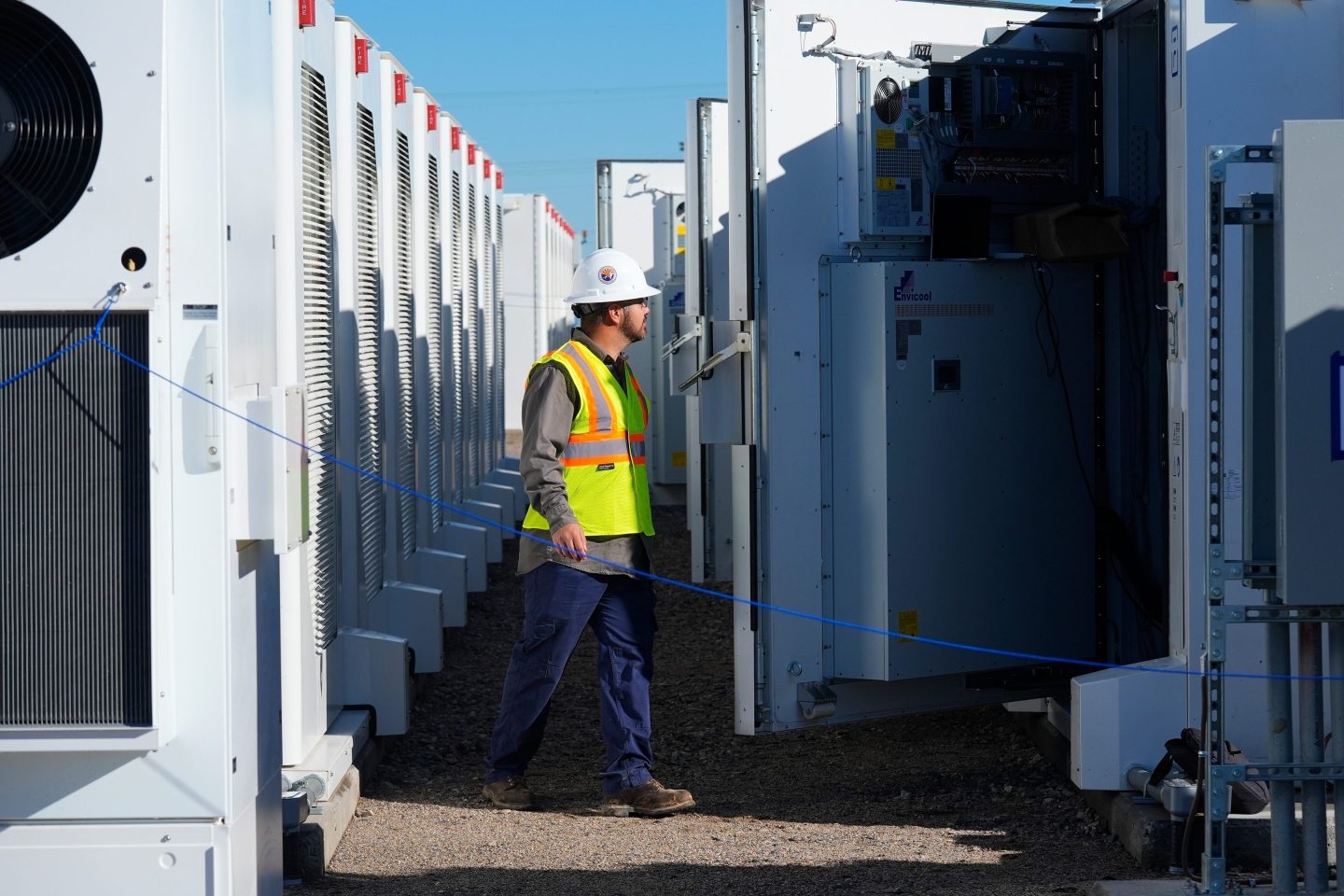Will the Fed ever raise rates again?
At first the question seems far-fetched. Criticizing the Federal Reserve’s zero-interest-rate policy is the new national pastime, thanks to a surge in commodity prices. Surely bad press and more jobs spell doom for free money, correct?

Alas no. A report issued by economists at Goldman Sachs argues that a coming wave of government belt-tightening, hailed by hawks everywhere, will actually keep central bank doves in control for a long stretch — perhaps well into the second half of this decade.
The yawning U.S. deficit and the fear that tighter policy could derail a weak recovery could keep the fed funds rate near zero for perhaps six years, the Goldman research suggests. If you’re erecting a Thomas Hoenig statue in your backyard to celebrate the return of higher interest rates, there is no need to rush.
“The best the Fed can do is keep monetary policy on hold to cushion the growth drag from the fiscal consolidation,” writes Goldman economist Sven Jari Stehn. “As a result, the looming fiscal adjustment should reasonably be expected to see policy rates — and probably longer-term rates too — at lower than normal levels for an extended period.”
With all the frothing about inflation, how on earth will Bernanke & Co. be able to justify staying on the sidelines? The answer lies in the unhappy math of a profligate nation out of control for so long that its excesses can’t be trimmed all at once, no matter what the Paul Ryans of the world might claim.
Consider first the bloated U.S. budget. The primary deficit, representing the excess of government spending excluding interest payments over tax receipts, is on track to hit a belt-popping 7.7% this year — a level that prompted the International Monetary Fund to say the United States needs to get its act together.
Even if our political leaders quickly agree on a package of spending cuts and tax increases – an outcome that doesn’t look terribly likely right now, on debt ceiling day – it will take years to bring that massive deficit under control.
Goldman cites an IMF survey of fiscal consolidations in rich countries that puts the average length of the successful government belt-tightenings at six years.
That is a daunting enough statistic. But most of these successes – ranging from Ireland in the mid-1980s toFinland, Italy and Sweden in the mid-1990s – shared one notable characteristic: A cut in short-term interest rates that averaged 5 and a half percentage points.
Pulling that lever isn’t an option for the Fed, which cut its fed funds rate to its current level just above zero in December 2008.
“With the funds rate close to the zero lower bound,” Stehn writes, “a spending based adjustment could not be accompanied by monetary easing unless the Fed decided to adopt another asset purchase program (which we think is highly unlikely).”
That means that even a successful U.S. consolidation could feature a Fed on hold for, all things considered, a decade. If you start back in 2008 and figure it will take our solons in Washington the rest of the year to put together a plan for meaningful reforms, a six-year timeline means we could still be consolidating in 2018. And that assumes something gets done before next year’s presidential election. Such optimism!
That sad timetable will come as a surprise to the head-in-the-sanders of Wall Street. They continue to forecast imminent Fed tightening, even as the recovery shows signs of slowing and interest rates tumble.
It will also mean more trials for the dollar, which has fallen 10% against major currencies since Bernanke said in August that the Fed would do anything to boost domestic demand.
But over the long haul the dollar tracks the strength of the economy, rather than monetary policy in isolation. Ben Bernanke knows this and is crossing his fingers that he can help keep the recovery from sagging back into stall speed – which is why, over time, that next round of quantitative easing is probably not such a long shot after all.











